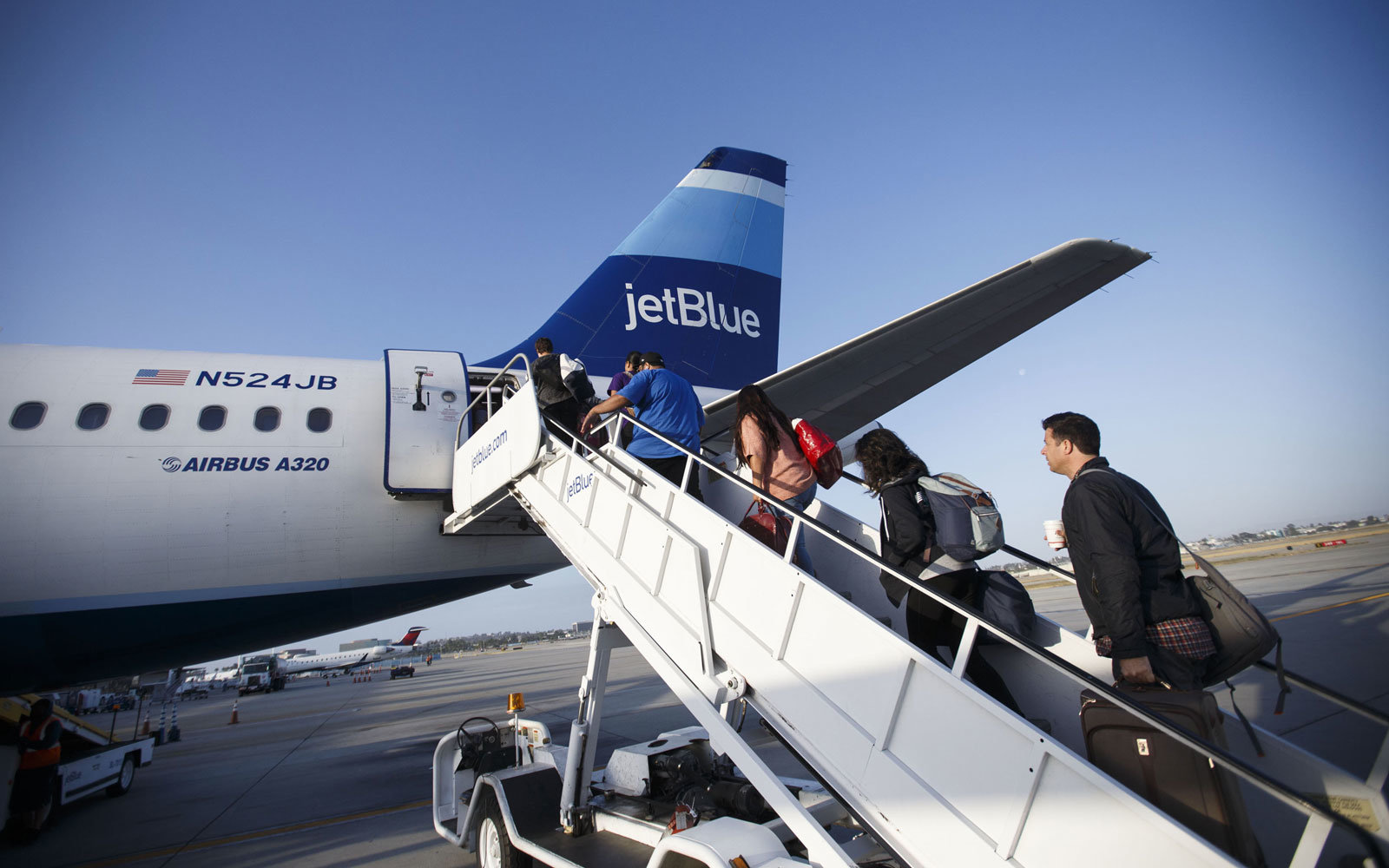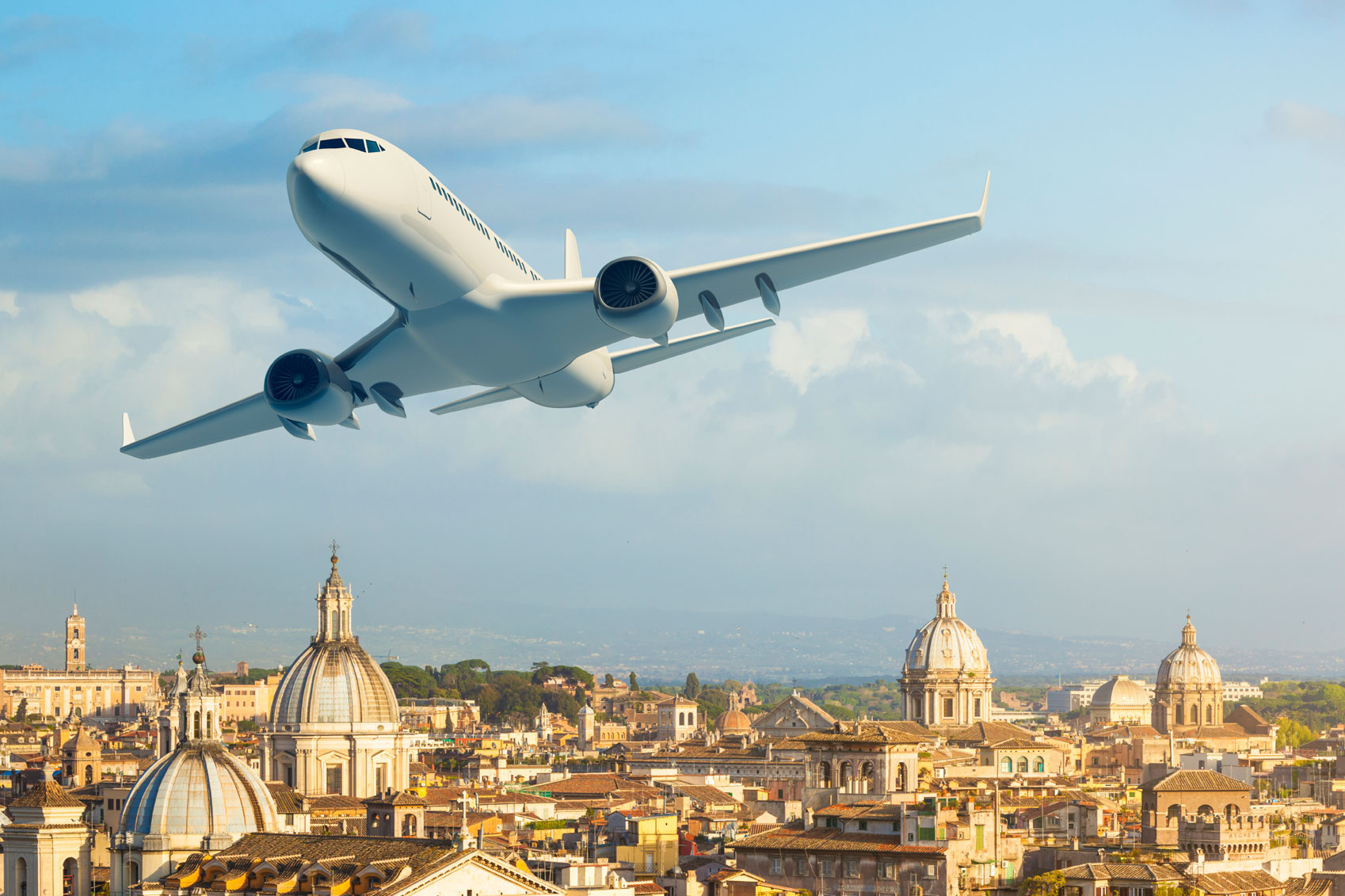15 hours ago

The International Transport Association has said passenger growth in Latin America and the Caribbean could reach 385 million within ten years if the region’s governments address infrastructure bottlenecks, embrace smarter regulation, and observe global standards and best practices.
In 2014, passenger numbers in the region were 242 million.
“Air transport is the mass transit system of the global economy; it drives economic growth, creates jobs, and facilitates business opportunities.
“Already, the Latin American and Caribbean region supports 4.9 million jobs and contributes $153 billion to regional GDP, including the benefits of travel and tourism.
“While this is a sizable contribution to the region’s economic well-being, the region has the potential to extract much more value from aviation,” said Peter Cerda, IATA regional vice president.
Latin America and the Caribbean are well-positioned to unlock the transformative social and economic benefits robust air connectivity provides, but the region will have to overcome various obstacles to achieve it.
The region is home to more than eight per cent of the world’s population yet only accounts for five per cent of all global air traffic.
Latin America and the Caribbean could therefore increase air traffic more than half before the region reached even its minimum potential global share.
Certainly, there is considerable room for air traffic growth in the region if the roadblocks are removed.
The lack of adequate infrastructure, primarily airport infrastructure, is provoking capacity constraints in the region.
For this reason, only two countries in the region, Panama and Barbados, rank among the best 35 countries in the world for the quality of their air transport infrastructure.
Among the region’s larger economies, Brazil is ranked 131, Colombia 105 and Mexico 64.
There are some bright spots: the future Mexico City airport is an excellent opportunity to create a world-class hub that strikes the correct balance between passenger comfort and a facility that keeps costs reasonable for airlines and the flying public.
Another area of concern in the region is the need for Smarter Regulation aligned with global standards and best practices.
Governments in the region—with the notable exception of Panama and Chile—tend to view airlines as purveyors of luxury services and an easy target for levying taxes or applying onerous regulation.
An unfortunate illustration of this is Brazil, where its consumer protection regime is not aligned with global standards and best practices and places an unfair burden on the industry.
Airlines with trans-national brands in the region struggle to optimise efficiency in their network operations.
For example, in the absence of mutual recognition by the region’s civil aviation authorities of fleet registration and crew licensing airline resources cannot be utilized flexibly to deliver maximum efficiency.










